
1. The Harsh Reality: Environmental Challenges in Renewable Energy
Renewable energy systems operate in some of the most demanding conditions on the planet. Offshore wind farms battle saltwater corrosion, desert solar plants endure relentless dust and temperature extremes, and hydropower stations face constant humidity. Traditional commercial-grade networking equipment often fails under such stress, leading to:

Data transmission failures causing downtime.
Corrosion and physical wear from moisture, dust, or vibrations.
Temperature-induced malfunctions in extreme climates.
This is where industrial switches shine. Designed for resilience, they ensure uninterrupted communication between sensors, controllers, and grid systems—even when Mother Nature throws her worst.
2. Key Features That Make Industrial Switches Indispensable
What sets industrial switches apart in renewable energy applications? Here’s a breakdown of their problem-solving superpowers:
Ruggedized Design
Built with corrosion-resistant materials (e.g., aluminum alloy casings) and conformal-coated PCBs, they withstand salt spray, UV radiation, and chemical exposure.Wide Temperature Tolerance
Operating seamlessly from -40°C to 75°C, they’re ideal for solar farms in scorching deserts or wind turbines in Arctic blizzards.Redundancy and Reliability
Protocols like MRP (Media Redundancy Protocol) and PRP (Parallel Redundancy Protocol) prevent network failures, ensuring continuous data flow for grid stability.EMI/RFI Immunity
Shielded against electromagnetic interference from heavy machinery, a common issue in wind turbine nacelles or hydropower control rooms.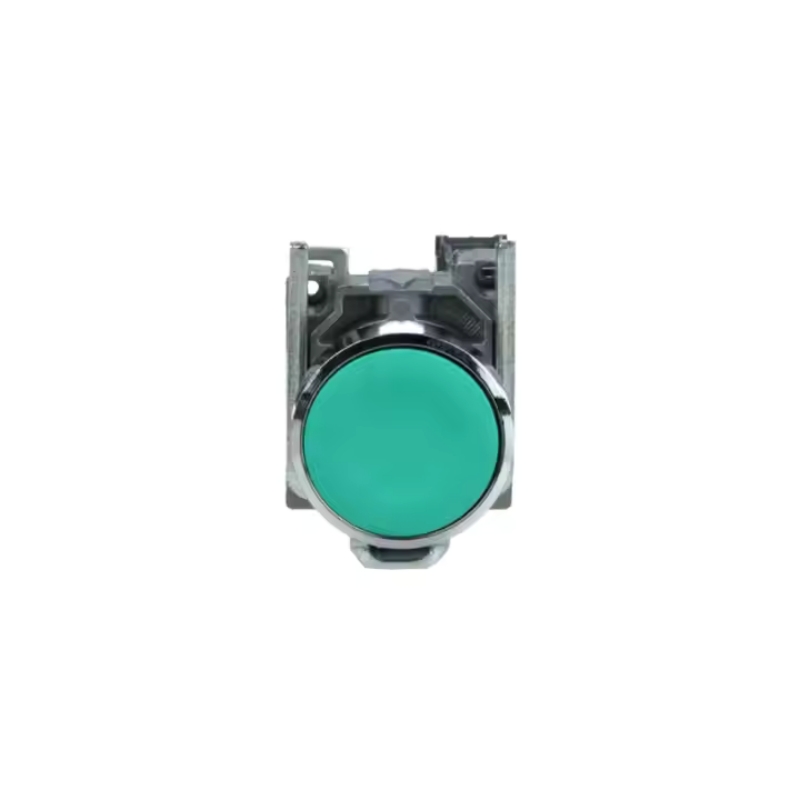
3. The Smart Grid Advantage: Industrial Switches Enable IoT Integration
Modern renewable energy systems aren’t just about generating power—they’re about smart power. Industrial switches with IoT capabilities are transforming these networks by:
Enabling real-time monitoring of turbine performance or solar panel efficiency.
Supporting predictive maintenance by transmitting data on equipment health, reducing unplanned outages.
Facilitating remote management of decentralized energy sites, cutting operational costs.
For example, a solar farm in a remote location can use industrial switches with PoE (Power over Ethernet) to connect and power security cameras, environmental sensors, and inverters—all through a single, robust network.
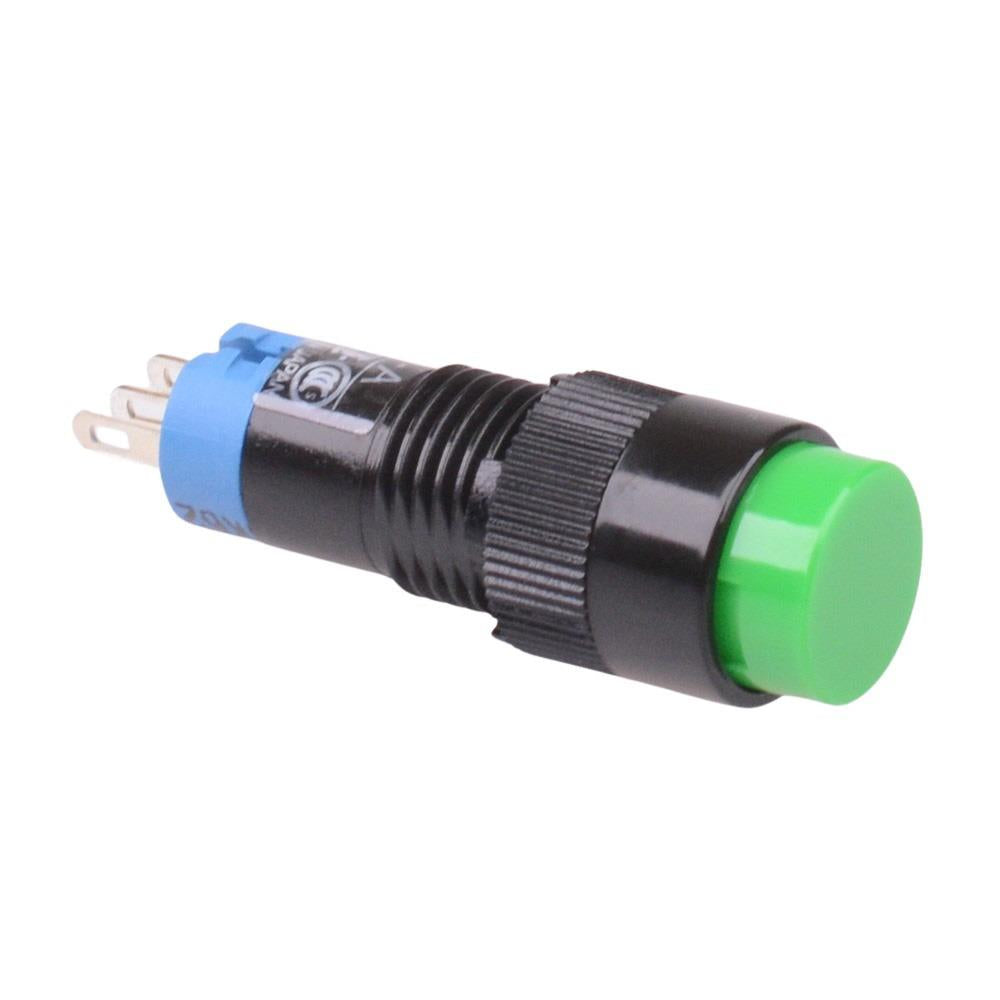
4. Common Pitfalls (and How to Avoid Them)
Even the best technology can falter if deployed incorrectly. Here are recurring issues users face—and solutions:
Mismatched Specifications
Problem: Deploying a switch without adequate ingress protection (IP rating) in dusty environments.
Solution: Opt for IP67-rated switches for outdoor solar/wind applications.Ignoring Cybersecurity
Problem: Overlooking network vulnerabilities in industrial IoT setups.
Solution: Choose switches with VLAN support, MACsec encryption, and regular firmware updates.Underestimating Scalability
Problem: Installing switches that can’t accommodate future expansion.
Solution: Modular industrial switches allow easy upgrades as your energy farm grows.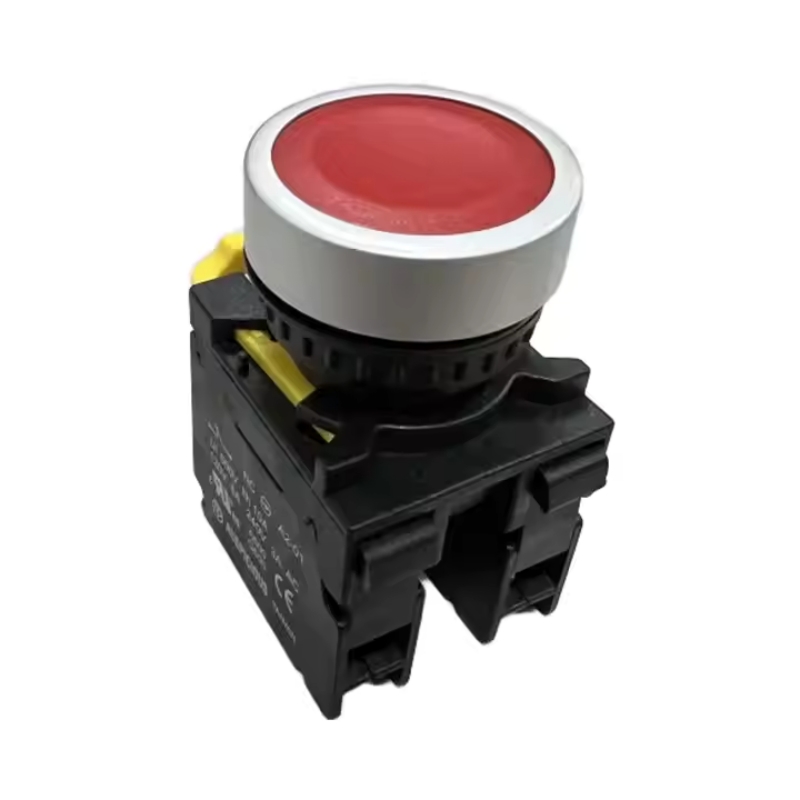
5. Why Partnering with the Right Manufacturer Matters
Not all industrial switches are created equal. For renewable energy projects, the stakes are high: a single network failure can disrupt power supply to thousands. A trusted manufacturer will offer:
Customization: Tailored port configurations, voltage inputs, or mounting options for unique setups.
Certifications: Compliance with industry standards like IEEE 1613 (electric utility substations) or DNV GL for marine environments.
Global Support: Rapid troubleshooting and replacement services to minimize downtime.
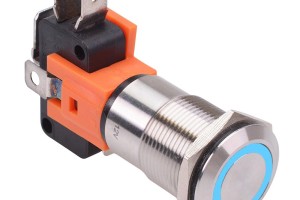
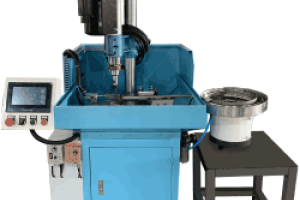
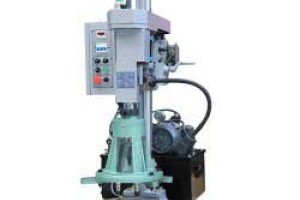
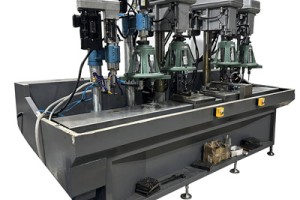
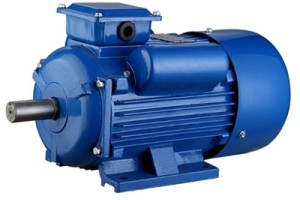
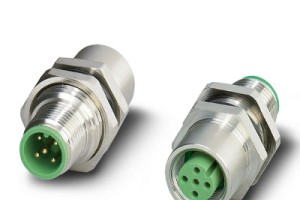
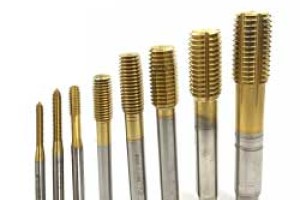
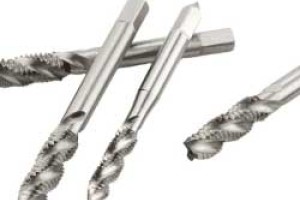
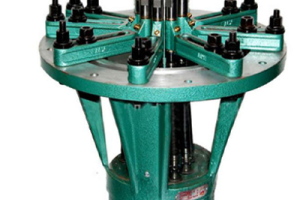
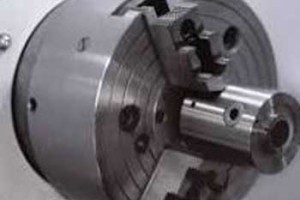
Leave a comment